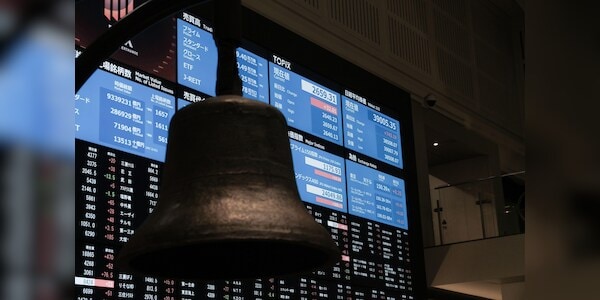Global financial markets may not react much to Moody’s Ratings downgrade of United States’ rating from AAA to Aa1, believe analysts, except for a knee-jerk reaction, if any. At the domestic level, Indian stock markets would be focussed more developments such as progress of monsoon, corporate results and economic data. Talks on tariff-related issues with the US will also impact sentiment.
Moody’s downgrade, they said, was more to get the rating in sync with Fitch and S&P, who have already downgraded US’ ratings. While Fitch had downgraded the rating to AA+ from AAA in August 2023, S&P had lowered US’ rating back in August 2011. ALSO READ: America loses last AAA credit rating: What happened and what it means
“I don’t think there will be much reaction. US Treasury yields are likely to climb, but they already did so to some extent on Friday. Moody’s Ratings development is more to get the agency in line with what the other rating agencies – Fitch and the S&P – already did long ago. Barring a knee-jerk reaction in the global financial markets, including India, I do not see this having much impact,” said UR Bhat, co-founder & director, Alphaniti Fintech.
Meanwhile, the stable outlook, Moody’s release said, reflects balanced risks at Aa1. The US, it believes, still retains exceptional credit strengths such as the size, resilience and dynamism of its economy and the role of the US dollar as global reserve currency.
“While recent months have been characterized by a degree of policy uncertainty, we expect that the US will continue its long history of very effective monetary policy led by an independent Federal Reserve. The stable outlook also takes into account institutional features, including the constitutional separation of powers among the three branches of government that contributes to policy effectiveness over time and is relatively insensitive to events over a short period,” Moody’s said.
On the economic front, Moody’s expects federal deficits to widen, reaching nearly 9 per cent of GDP by 2035, up from 6.4 per cent in 2024, driven mainly by increased interest payments on debt, rising entitlement spending, and relatively low revenue generation.
Ever since S&P reduced US’ rating by one notch in August 2011, the S&P 500 index, said G Chokkalingam, founder and head of research at Equinomics Research, has moved up by nearly four-fold.
The S&P 500 moved up 33 per cent after Fitch reduced the US credit rating by one notch in August 2023. This time, too, he believes, the US stock market would remain unaffected even in the short-term.
He, too, expects a knee-jerk reaction on Monday, but it is unlikely to have any major adverse impact on the global financial markets.
“The US is taking a lot of measures to cut expenditure and is also keen to rejig taxes. Further, substantial measures in terms of tariffs on imports from all major economies would help it to improve economic growth, which in turn would reduce the debt-to-GDP ratio. Hence, this move is unlikely to have any long-lasting impact even in the short-term except possible knee jerk reactions on Monday,” Chokkalingam said.














